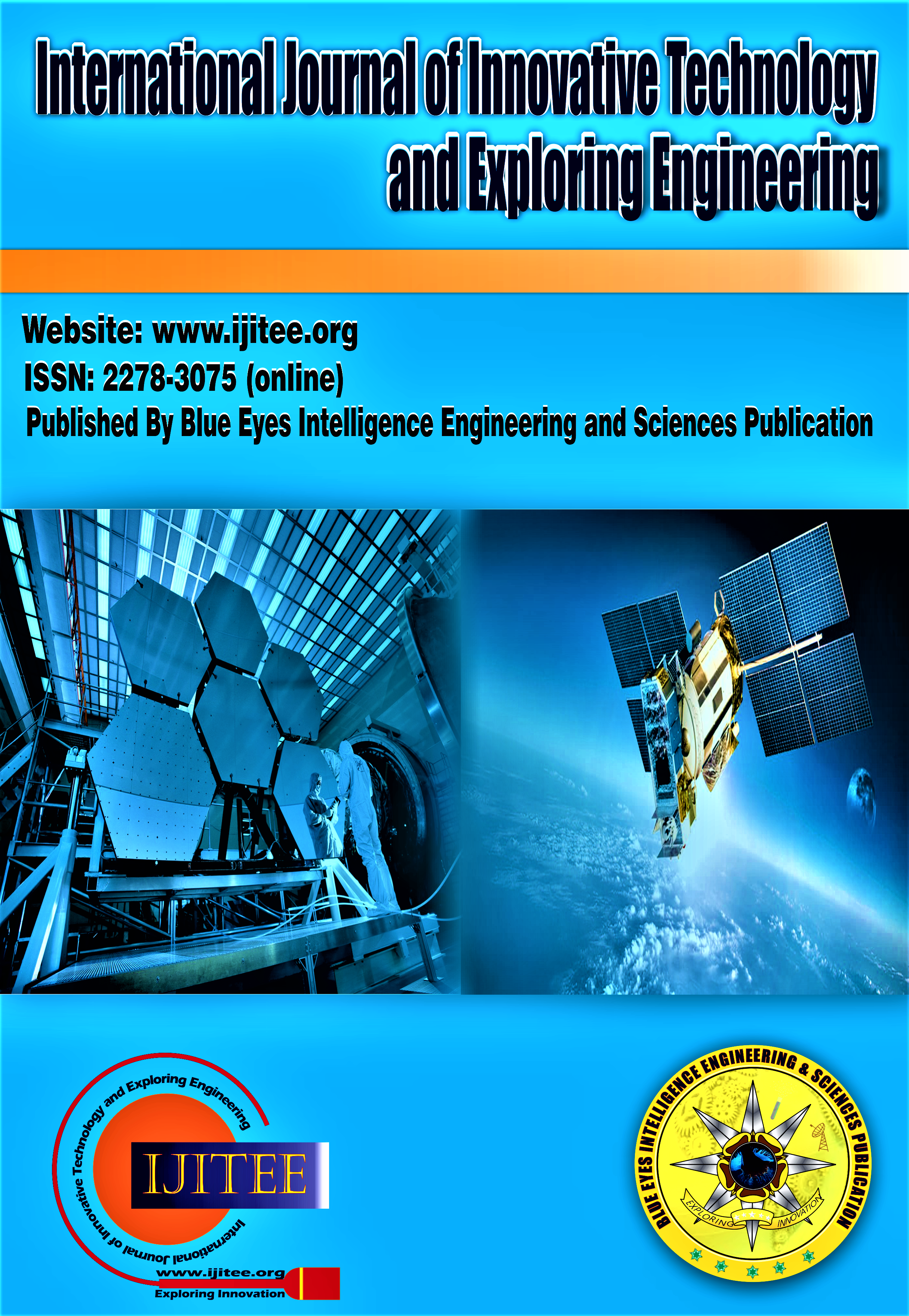An NLP Technique on Sentiment Analysis
Main Article Content
Abstract
We have to structure the data which was given to us from the Twitter social media for accurate analysis and make something outof it. We will be finding the sentiment behind the given comment by a user on twitter so that we can sort out the meaning of the text. To get the negativeemotions of the text, we will be using different algorithms to find the intention behind it. Fathom this kind of issue, estimation investigation and profound learning methods are two combining methods. We are using Naive Bayes algorithms, SVM (Support Vector Machine) and otherclassification algorithms to get our required output.These are known deep learning /Machine Learning ways to extract the feelings in sentences. At the end of the result we will get the desired output and we will check the accuracy of our output accordingly.
Downloads
Article Details
Section

This work is licensed under a Creative Commons Attribution-NonCommercial-NoDerivatives 4.0 International License.
How to Cite
References
S. W. Davenport, S. M. Bergman, J. Z. Bergman, J. Z., and M. E. Fearrington, “Twitter versus Facebook: Exploring the role of narcissism in the motives and usage of different social media platforms.” Computers in Human Behavior 32, pp. 212-220, 2014. https://doi.org/10.1016/j.chb.2013.12.011
A. Esuli, and F. Sebastiani, “Sentiwordnet: A publicly available lexical resource for opinion mining”, in Proceedings of LREC, vol. 6, pp. 417- 422, May 2006.
A. Go, R. Bhayani, and L. Huang, L., “Twitter sentiment classification using distant supervision”, CS224N Project Report, Stanford, 1-12, 2009. R. Kohavi, and F. Provost, “Glossary of terms” Machine Learning 30(2-3), pp 271-274, 1998.
A. C. Lima, and L. N. (CASoN), 2012 Fourth. 52- 57, IEEE, 2012.
M. C. De Marneffe, B. MacCartney, and C. D. Manning, “Generating typed dependency parses from structure parses”, in Proceedings of LREC, vol. 6, pp. 449-454, 2006.
T. Nasukawa, and J. 70-77, ACM, October 2003
B. Pang, L. Lee and S. Vaithyanathan, “Thumbs up?: sentiment classification using Machine Learning techniques”, in Proceedings of the ACL- 02 conference on Empirical methods in natural language processing, vol 10, pp. 79-86, Association for Computational Linguistics, July 2002. https://doi.org/10.3115/1118693.1118704
B. Pang, and L. 271, Association for Computational Linguistics, July 2004.
A. Westerski, “Sentiment Analysis: Introduction and the State of the Art overview”, Universidad Polytechnic de Madrid, Spain, pp 211218, 2007.
T. Wilson, J. Wiebe, and P. Computational linguistics 35, no 3, pp 399-433, 2009 https://doi.org/10.1162/coli.08-012-R1-06-90
J. Yi, T. Nasukawa, R. Bunescu, and W. Niblack, “Sentiment analyzer: Extracting sentiments about a given topic using natural language processing techniques”, in Data Mining 2003, ICDM 2003. Third IEEE International Conference, pp. 427-434, IEEE, 2003.
Ndubuaku, V., Inim, V., Ndudi, U. C., Samuel, U., & Prince, A. I. (2020). Effect of Social Networking Technology Addiction on Academic Performance of University Students in Nigeria. In International Journal of Recent Technology and Engineering (IJRTE) (Vol. 8, Issue 5, pp. 173–180). https://doi.org/10.35940/ijrte.d8393.018520
Saragih, M. H., & Widayanti, R. E. (2019). The Effect of Online Consumer Comments Among Millennial. In International Journal of Innovative Technology and Exploring Engineering (Vol. 8, Issue 12, pp. 3975–3980). https://doi.org/10.35940/ijitee.l3478.1081219
Ambika, M., Devakrishnan, K. V., Divya, A., Raj, R. G., & Kaviyaa, K. (2020). Detection of Depression and Mental illness of Twitter users using Machine Learning. In International Journal of Engineering and Advanced Technology (Vol. 9, Issue 4, pp. 1331–1335). https://doi.org/10.35940/ijeat.d8314.049420
Sistla, S. (2022). Predicting Diabetes u sing SVM Implemented by Machine Learning. In International Journal of Soft Computing and Engineering (Vol. 12, Issue 2, pp. 16–18). https://doi.org/10.35940/ijsce.b3557.0512222
Khatavkar, V., Velankar, M., & Kulkarni, P. (2019). Thematic Context Derivator Algorithm for Enhanced Context Vector Machine: eCVM. In International Journal of Engineering and Advanced Technology (Vol. 9, Issue 2, pp. 4872–4877). Blue Eyes Intelligence Engineering and Sciences Engineering and Sciences Publication - BEIESP. https://doi.org/10.35940/ijeat.b4564.129219





